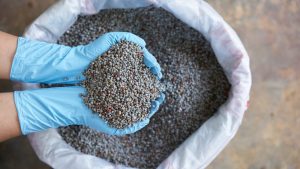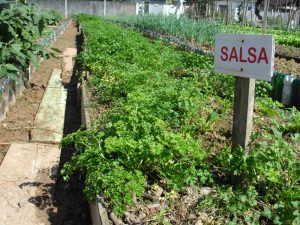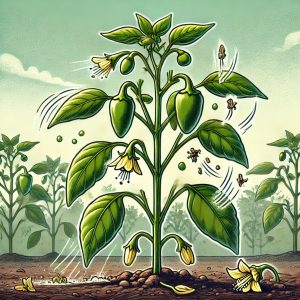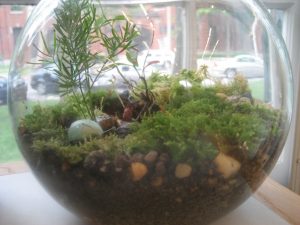Last Updated on August 13, 2023 by teamobn
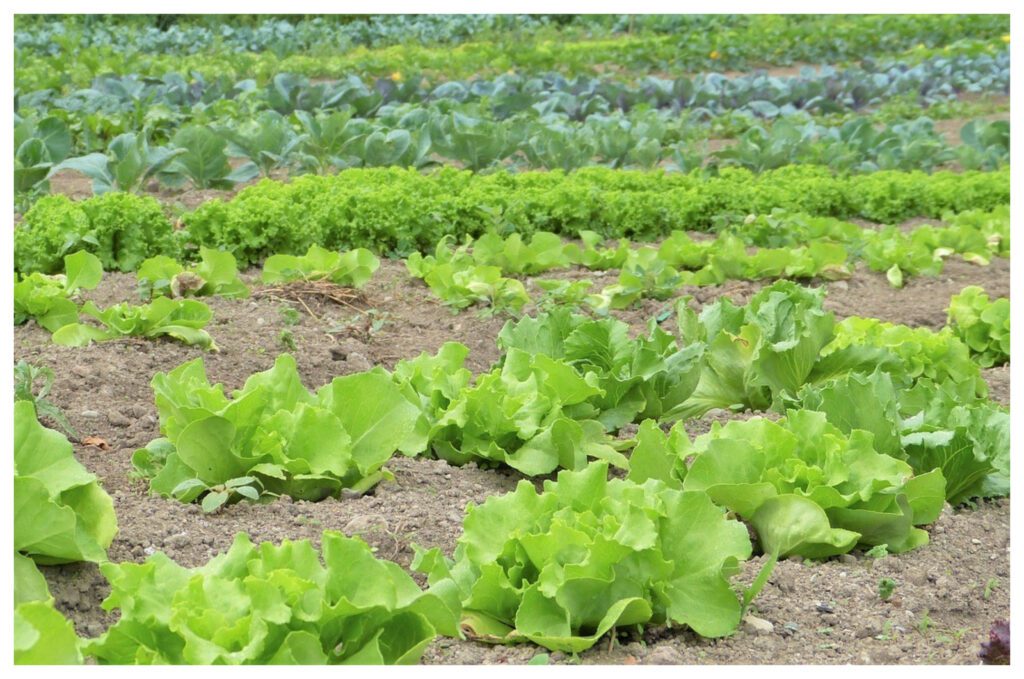
Organic gardening is a popular and growing hobby, as more people seek to become self-sufficient and grow their own food. While there are many benefits to organic gardening, it can be a challenge to grow healthy, productive plants by not using synthetic fertilizers or pesticides.
One of the most important factors in successful organic gardening is soil selection and preparation. And choosing the best soil for organic gardening and preparing it requires an understanding of soil structure, fertility, drainage, and other characteristics.
Soil selection strategies for organic gardeners should be tailored to the specific needs and objectives of the gardener, such as the type of plants grown, the size of the garden, and the climate.
Ready to start your own organic garden? We’ve got you covered! In this blog post, we’ll show you tips and tricks for selecting the best soil for maximum productivity. We’ll provide the essential soil selection strategies so you can start growing and harvesting your very own organic produce!
1. Choose soil with a high-quality organic matter content
Contents
- 0.1 1. Choose soil with a high-quality organic matter content
- 0.2 2. Decide if the soil needs to be amended
- 0.3 3. Test the soil pH
- 0.4 4. Pick a soil type based on the plants you are growing
- 0.5 5. Consider the soil texture
- 0.6 6. Research local soil options
- 0.7 7. Pick soil that is free of synthetic fertilizers
- 0.8 8. Consider the climate of the region
- 1 The Takeaway
When selecting soil for an organic garden, one of the most important steps is to choose soil with high-quality organic matter content. Organic matter is the foundation of any healthy soil, and its presence helps the soil retain moisture, improve aeration, and increase nutrient availability. And, organic matter helps improve the structure of the soil, allowing for better drainage, increased water retention, and improved crop yields.
When selecting soil for your garden, look for one that contains a mix of organic materials, such as compost, manure, and leaf litter. Doing this will create a rich, fertile foundation for your garden that will help it reach its fullest potential.
This is one of the excellent soil selection strategies to consider when still preparing for an organic garden.
2. Decide if the soil needs to be amended
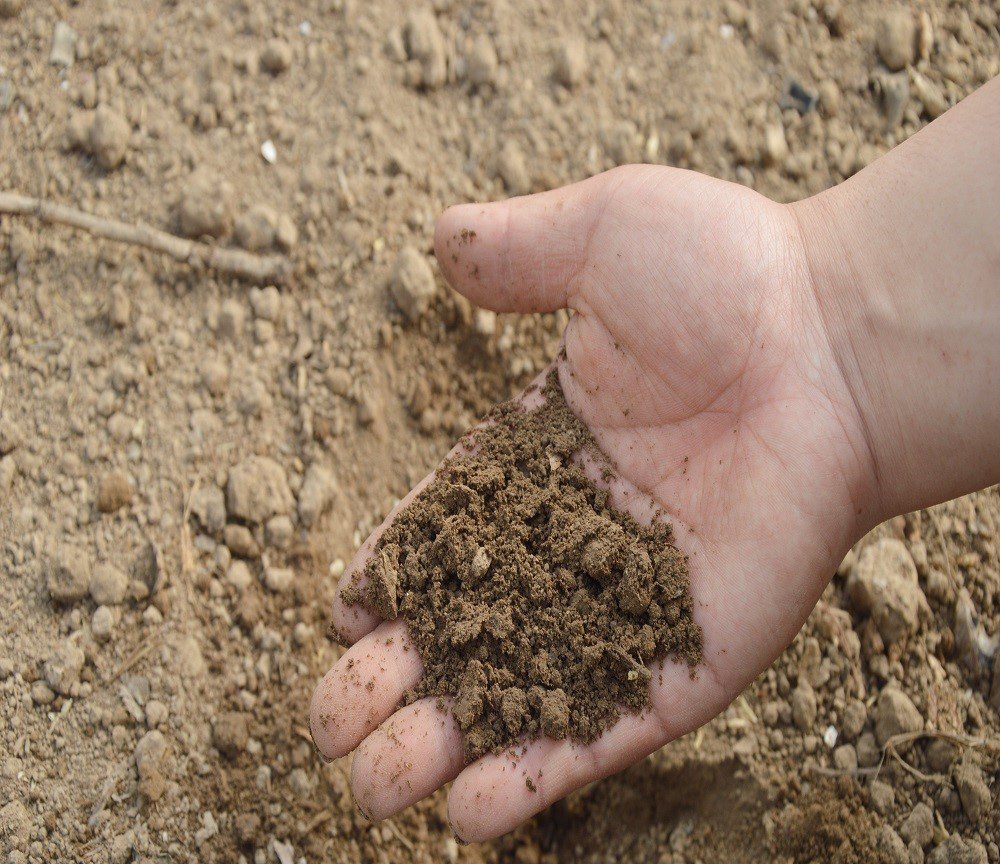
After you have chosen the area for your organic garden, the next important step is deciding if the soil needs to be amended. Most soil types can be improved with organic materials. For example, clay soil can be improved with compost and/or peat moss to increase its drainage and make it easier for roots to penetrate.
Sandy soils, on the other hand, can be amended with compost or composted manure to help hold onto moisture and nutrients. For best results, use a soil test to determine exactly what your soil needs to optimize your organic garden.
One of the surefire soil selection strategies is to assess the soil and determine if it needs to be enhanced or is already perfectly suited for your gardening needs. Gardening organically can be a rewarding experience, but for you to gain, you need to be able to select the best soil to have the right foundation.
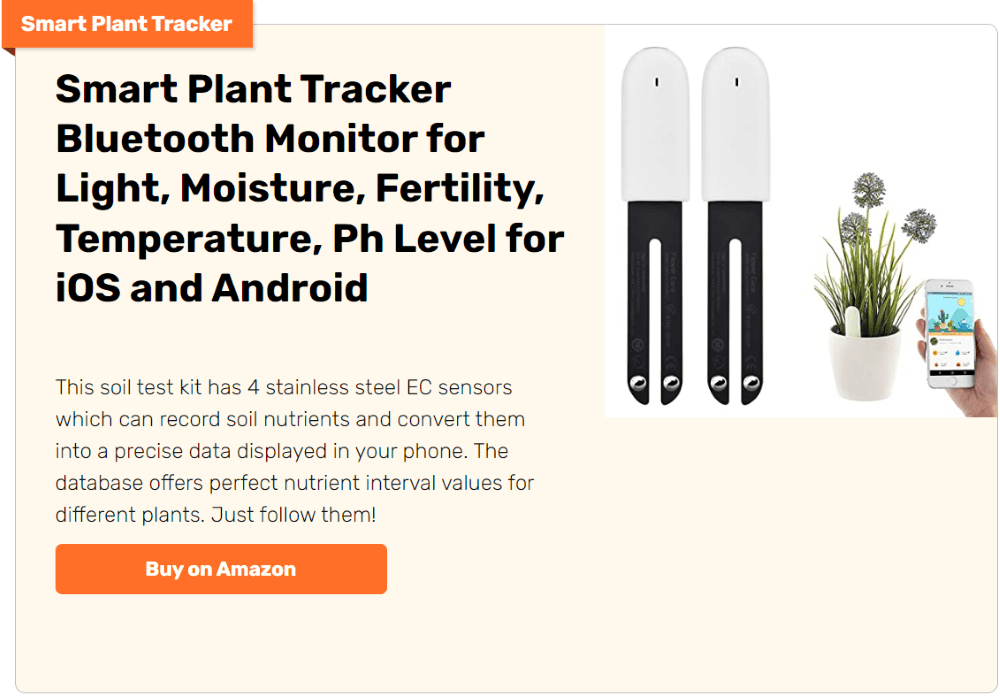
3. Test the soil pH
Testing the soil pH is one of the most important soil selection strategies for organic gardeners. Before you plant anything, you must know the pH level of your soil. Different plants prefer different soil pH levels, so this step is essential for optimal plant growth and health. pH levels that are too low or too high can lead to nutrient deficiencies in your soil, which can stunt plant growth, or even kill your plants.
A simple soil test kit is an invaluable tool for any gardener. The kit can tell you the pH level of your soil, allowing you to make adjustments to get it just right for your plants. But that’s only the beginning. With the right knowledge, you can use soil test kits to develop the perfect soil selection strategies.
The best soil selection strategies involve testing the soil’s texture and pH level, as well as looking at the nutrient content and drainage. By understanding the difference between sandy soils, loam soils, and clay soils, and how their pH levels affect their ability to hold moisture, you can make sure your plants will thrive in whatever soil you use.
4. Pick a soil type based on the plants you are growing
Knowing the type of soil you have is just the first step in soil selection for organic gardeners. After determining your soil type, you need to pick a soil type based on the plants you are growing. Different plants require different soil types.
For example, vegetables and herbs prefer soil that is light and well-drained, while flowers need soil that is nutrient-rich and slightly acidic. And, some plants require soil with a certain texture, such as sandy or clay. When selecting a soil type for your garden, it is essential to take into account the needs of your plants. After all, the success of your garden depends on the quality of the soil you choose.
To ensure your plants have the best chance of thriving, consider some excellent soil selection strategies to guide you in your soil selection process.
5. Consider the soil texture
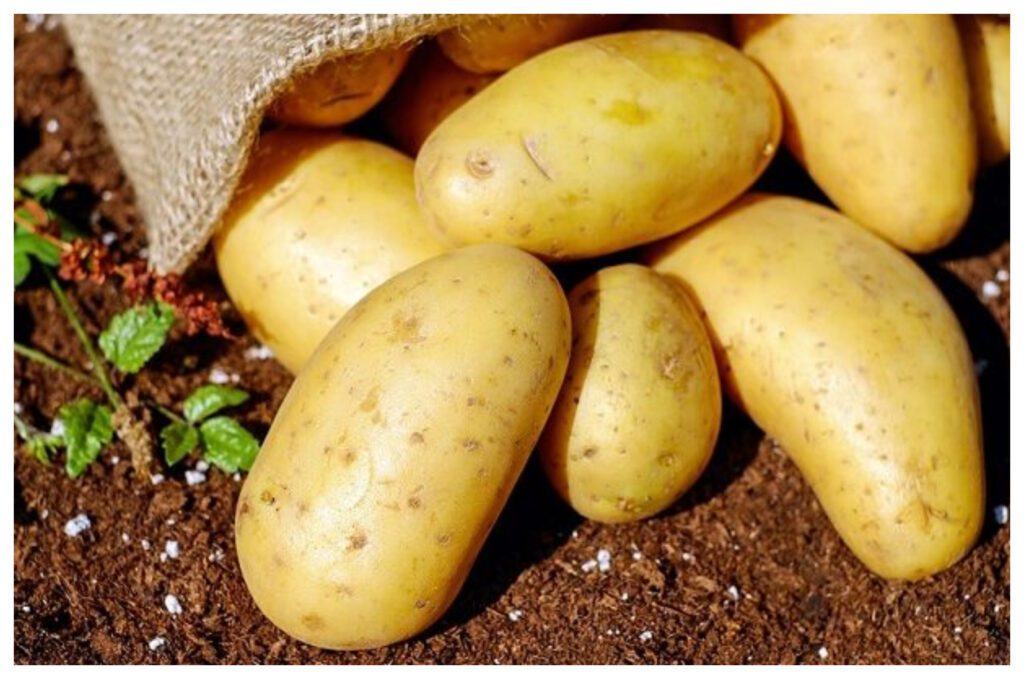
When selecting soil for organic gardening, it is important to consider the texture of the soil. Soil texture is a combination of the size and proportion of particles, such as sand, silt, and clay. The texture of the soil influences the amount of water and nutrients it can hold. Sandy soils are lightweight and often low in nutrients, while clay soils are heavier and hold more water and nutrients.
Loam soils are truly the best of both worlds for your organic gardening needs. They are a mix of sand, silt, and clay, providing an ideal balance of water and nutrient retention and drainage. Knowing the texture of the soil is key to finding the perfect match for your needs. To make the best soil selection strategies, consider the texture of the soil and the number of nutrients it contains.
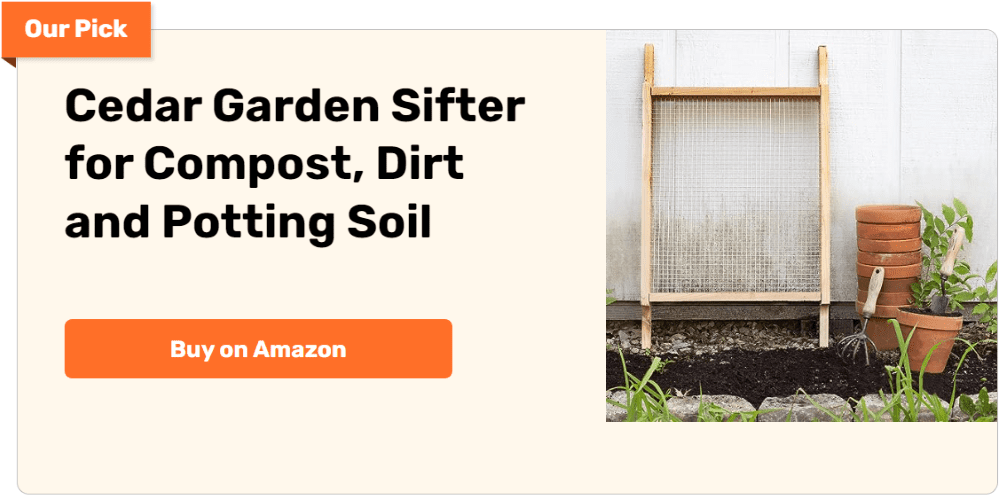
6. Research local soil options
The sixth step in selecting the best soil for your organic garden is to research local soil options. Most areas have a variety of soil types, ranging from sandy loam to clay and everything in between. Taking the time to research the soil types in your area can help you determine which type will be best for your specific needs.
You can utilize online resources to research the soil types and characteristics in your area, or you can consult a local garden centre or nursery for information. Knowing what your options are will help you to make an informed decision when selecting the best soil for your garden.
For a blooming garden, clever soil selection strategies are key!
7. Pick soil that is free of synthetic fertilizers
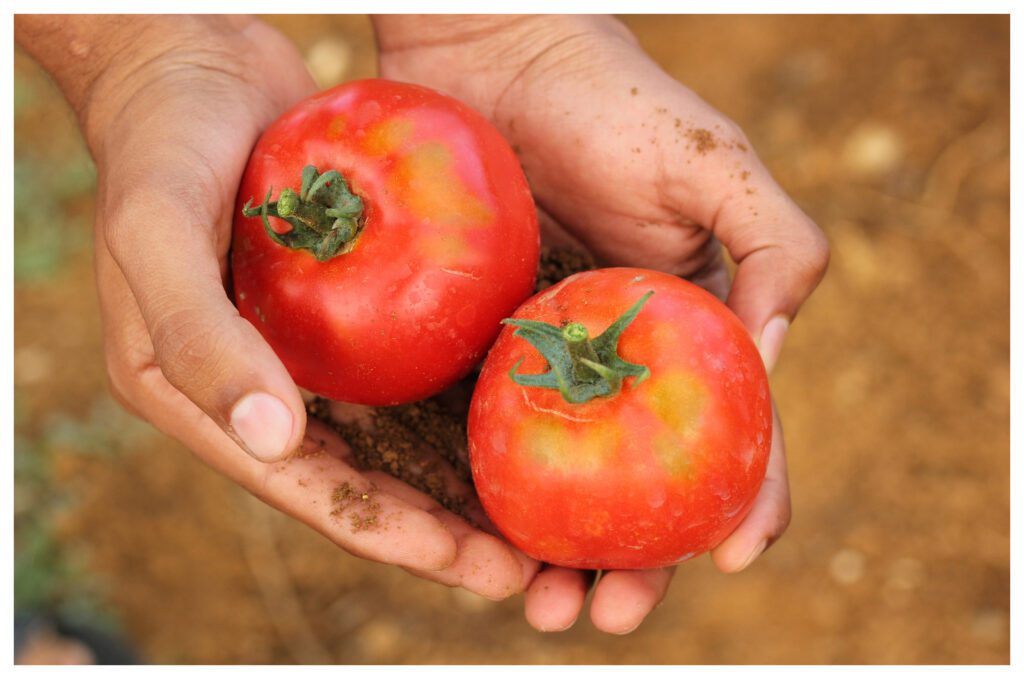
Organic gardeners should pay close attention to the type of soil they are using, as the right soil can really make a difference in the quality of your harvest. One of the soil selection strategies from experts is to pick the healthiest soil for organic gardening needs. When selecting soil, make sure to pick soil that is free of synthetic fertilizers, as these can lead to a product that lacks flavour and nutrition.
Synthetic fertilizers contain many chemicals and toxins that can damage the delicate balance of the soil, pollute the environment, and put crops and livestock at risk. It’s essential to make the best soil selection strategies to ensure that your land remains safe and healthy for your grandchildren to enjoy.
Organic fertilizers such as manure and composted plant waste are rich in nutrients and can help rebuild the soil’s organic matter. Rotating crops can help maintain a healthy nutrient balance in the soil and reduce the risk of disease and pests.
By carefully considering all factors and applying the right soil selection strategies, you can ensure that your garden stays healthy and free from any potential risks from synthetic fertilizers. This is how to start an organic garden!
8. Consider the climate of the region
When selecting soil for your organic garden, it is important to consider the climate of the region. Different climates dictate the types of crops that can be grown and the soil qualities that will help them thrive. For example, if you live in a warmer climate, you likely need to choose soil that is more porous and has better drainage.
Whereas, in a cooler climate, soil with higher organic matter content will help warm the soil and retain more moisture. Taking climate into consideration when selecting soil can help ensure your organic garden is a success.
The Takeaway
Overall, soil selection is an important factor for organic gardeners to consider when planning and preparing their gardens. The right soil will help ensure success in the garden and provide the right environment for plants to thrive.
Different soils have different characteristics and different plants will require different types of soil. But with so many different types of soil available, how do you know which one is best for your plants?
Fortunately, there are a few methods and soil selection strategies that you can employ to make sure are selecting the perfect soil for your needs.
Are you ready to take the reins of soil selection yourself? Have you learned all the soil selection strategies that will help you achieve a thriving garden? Most likely! So, good luck! You’re absolutely ready to start your fantastic journey of organic gardening.

